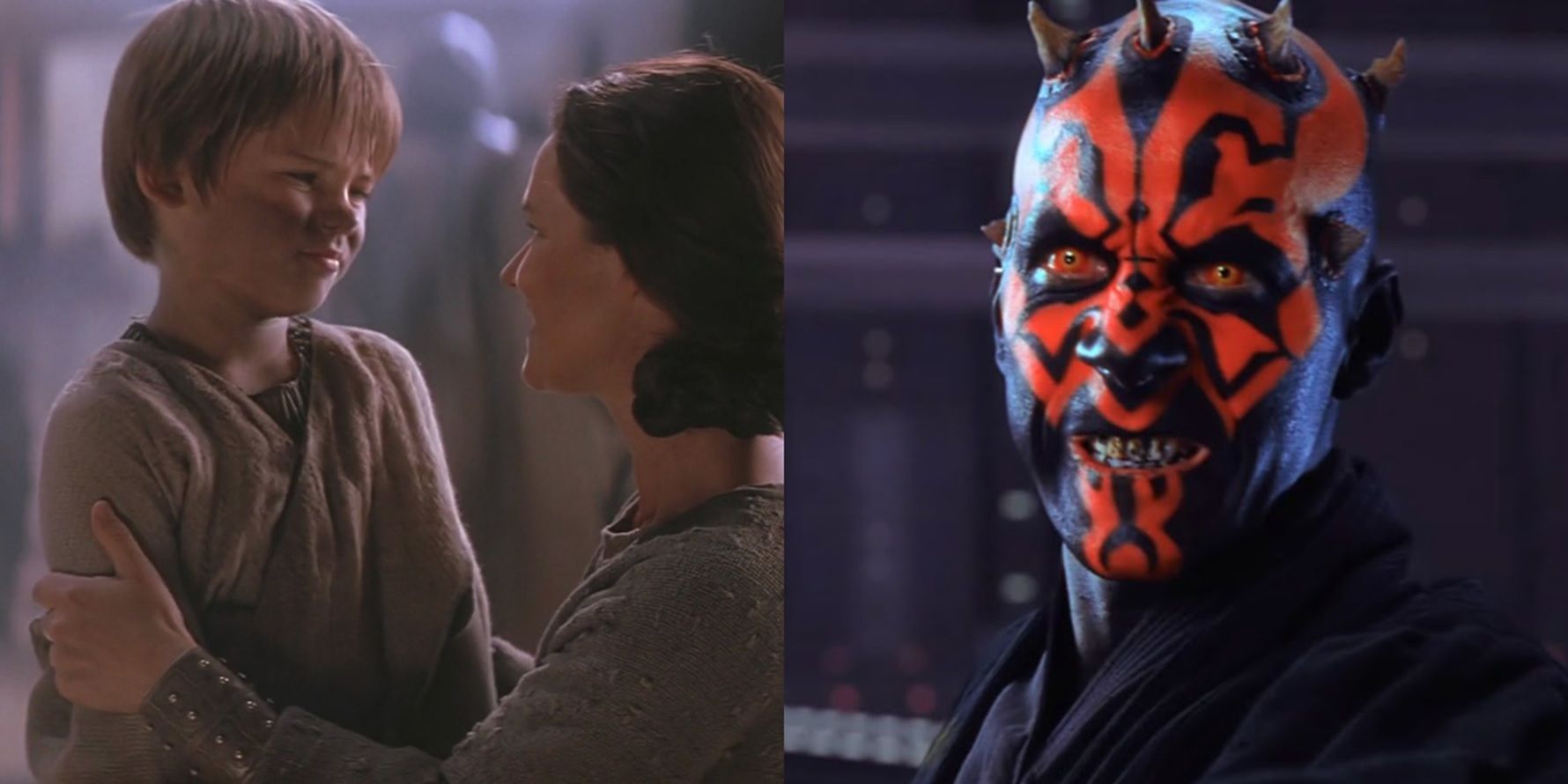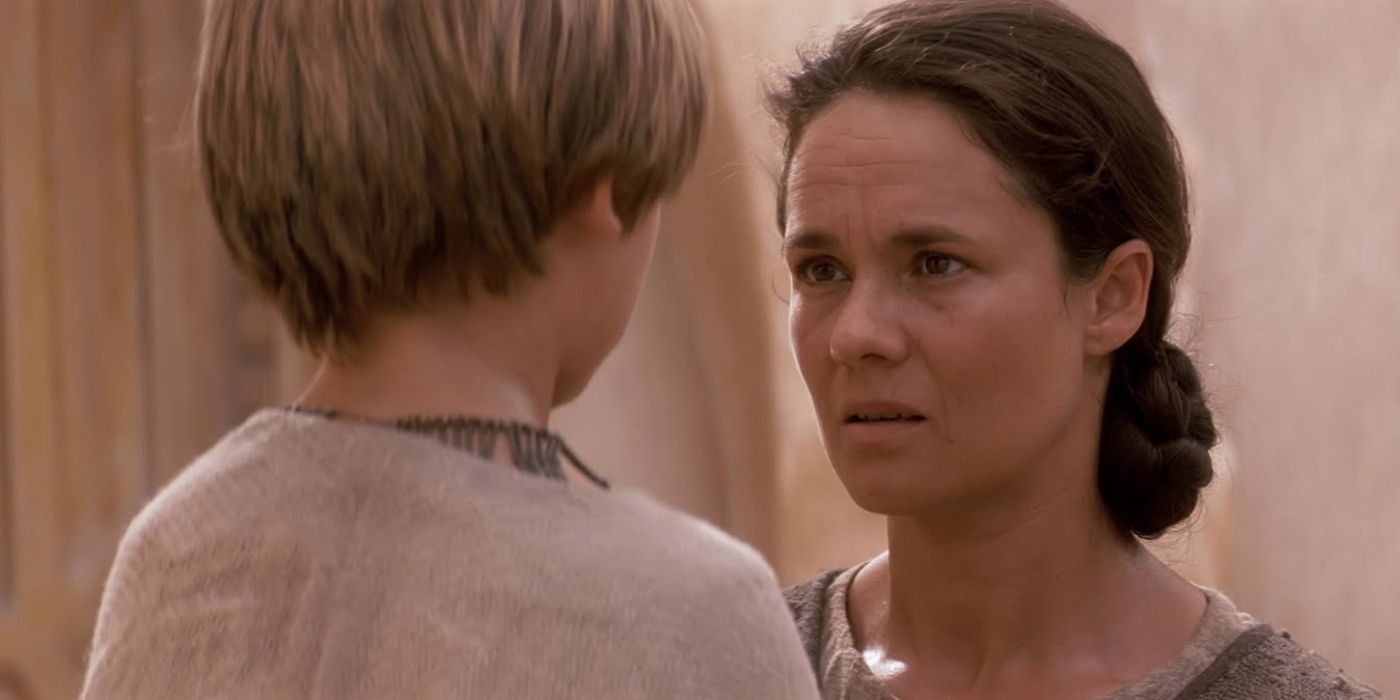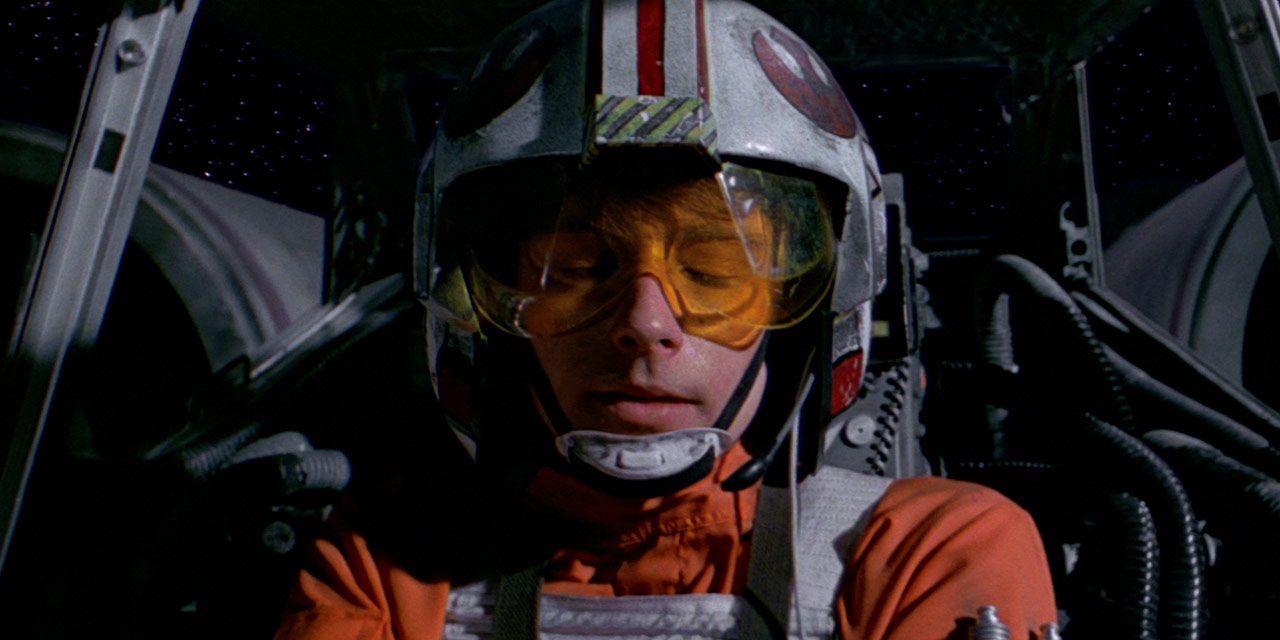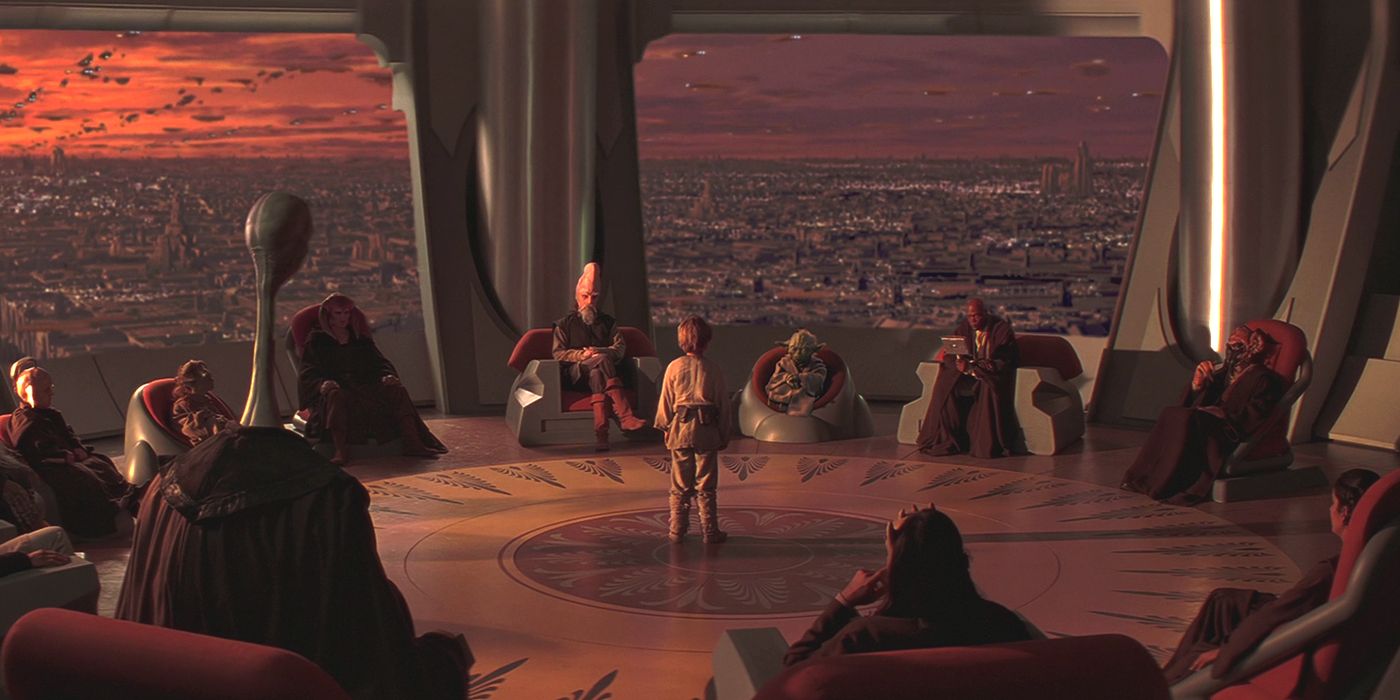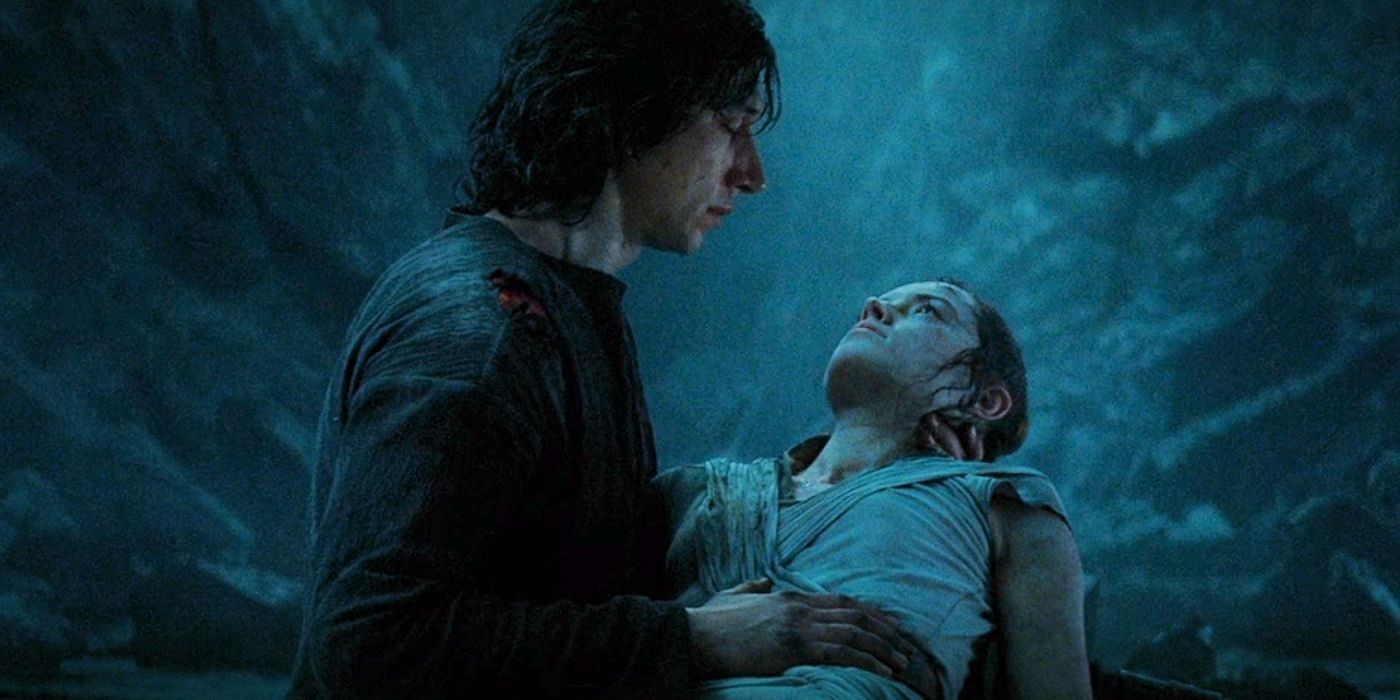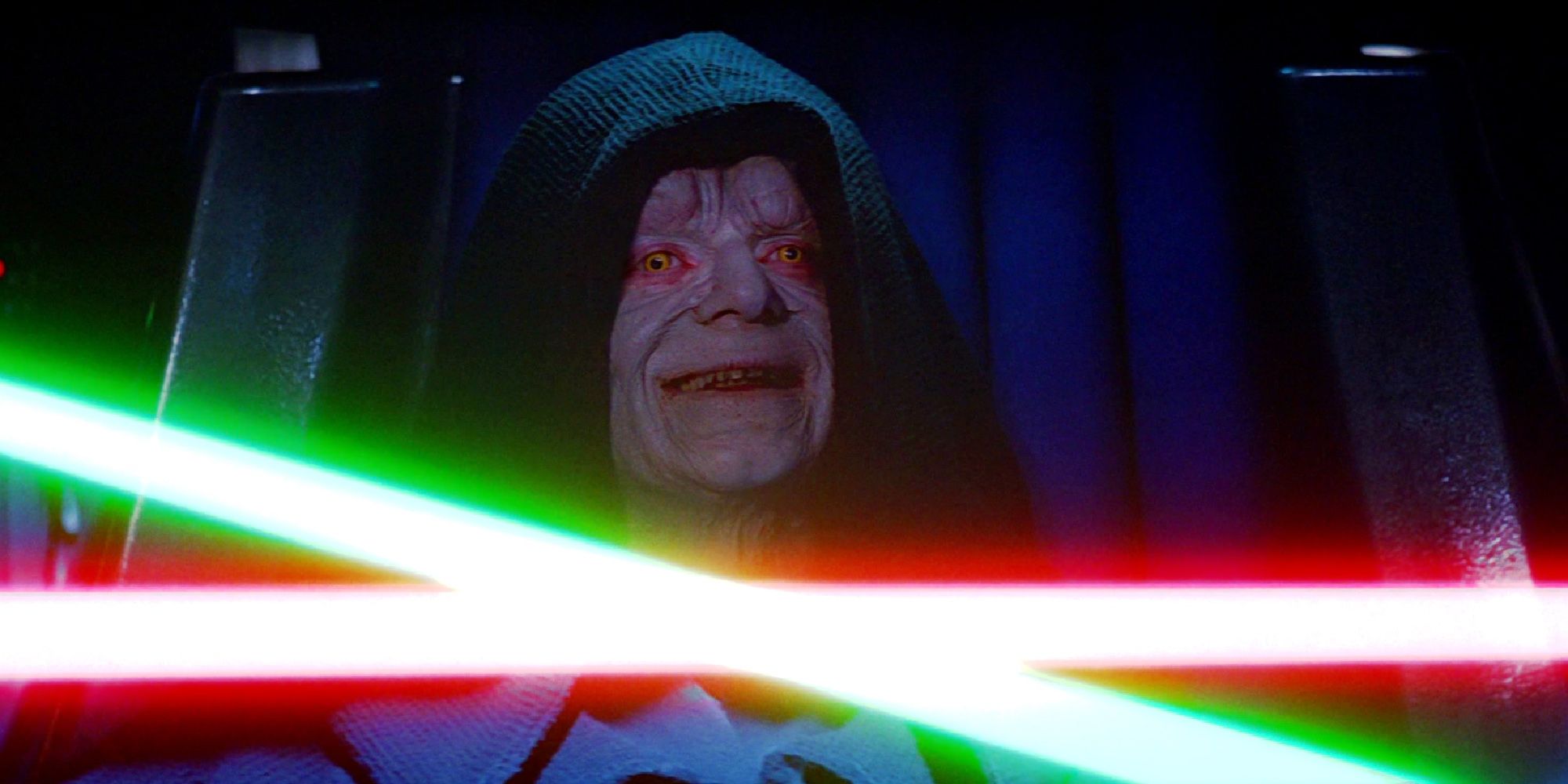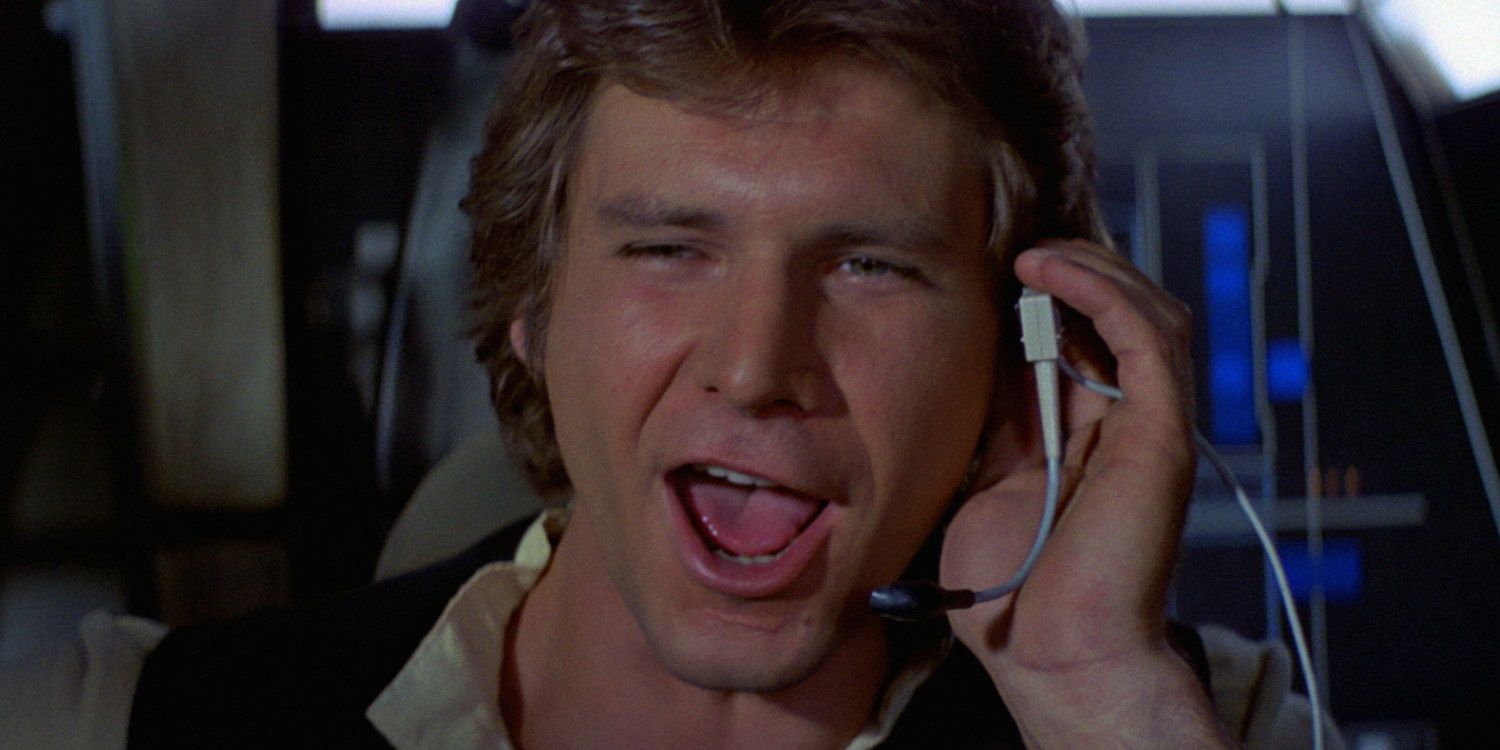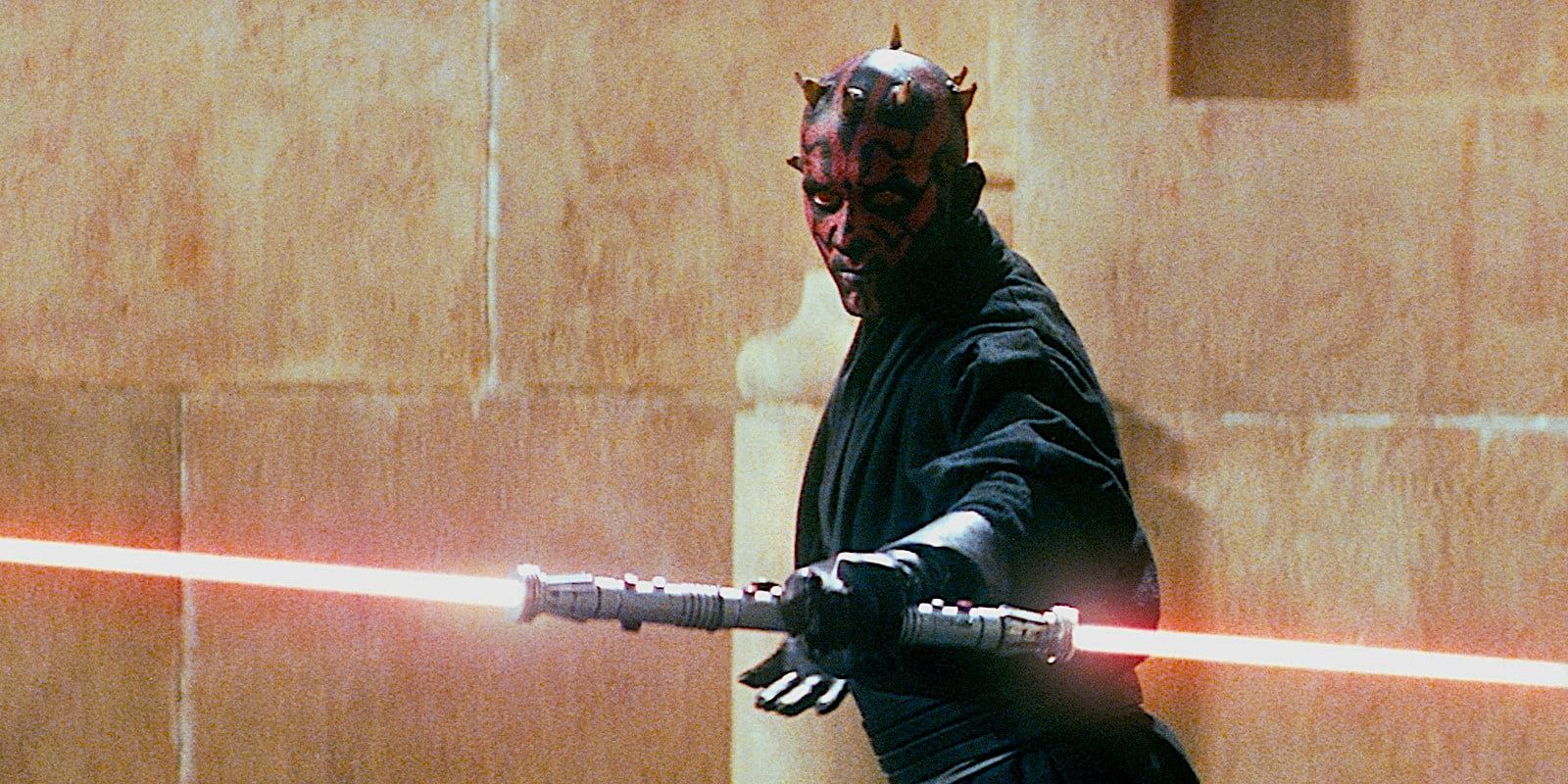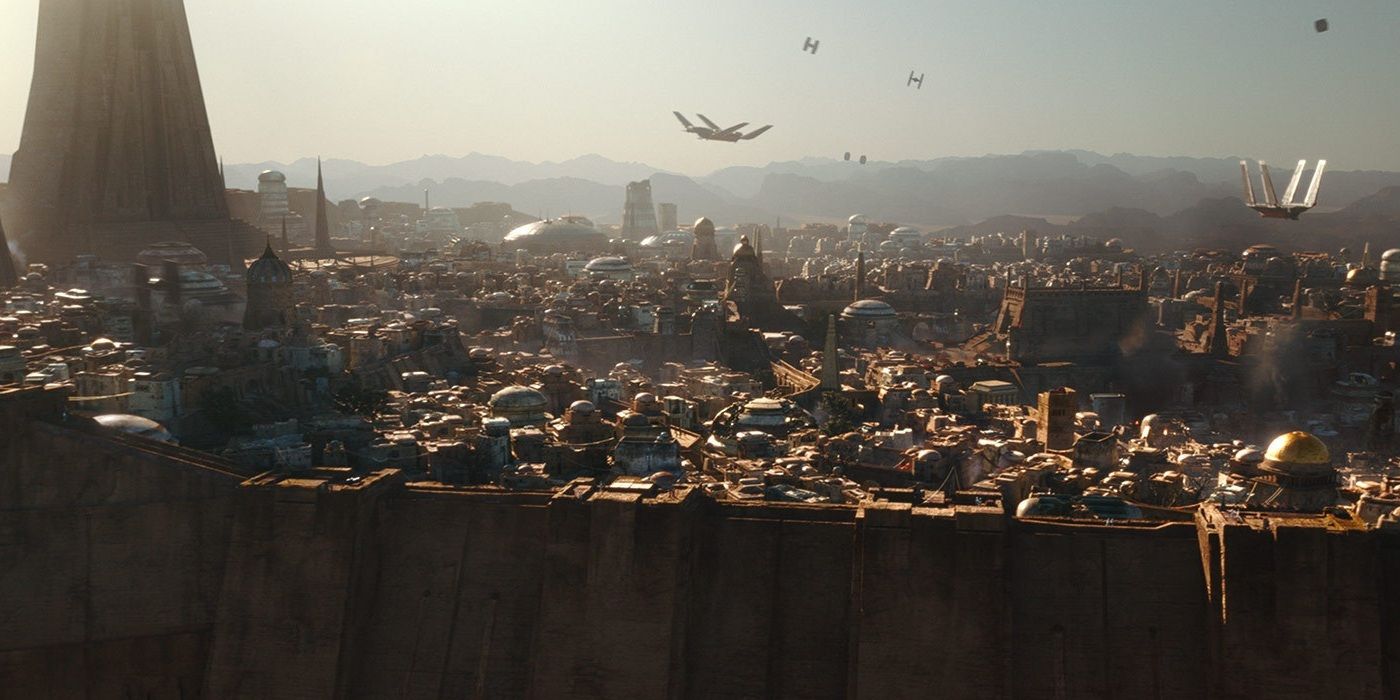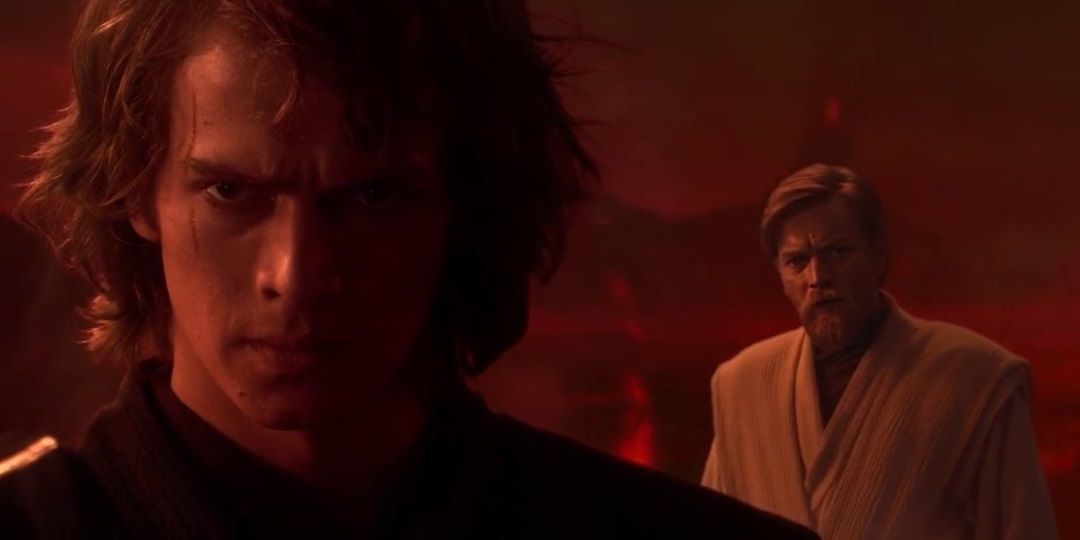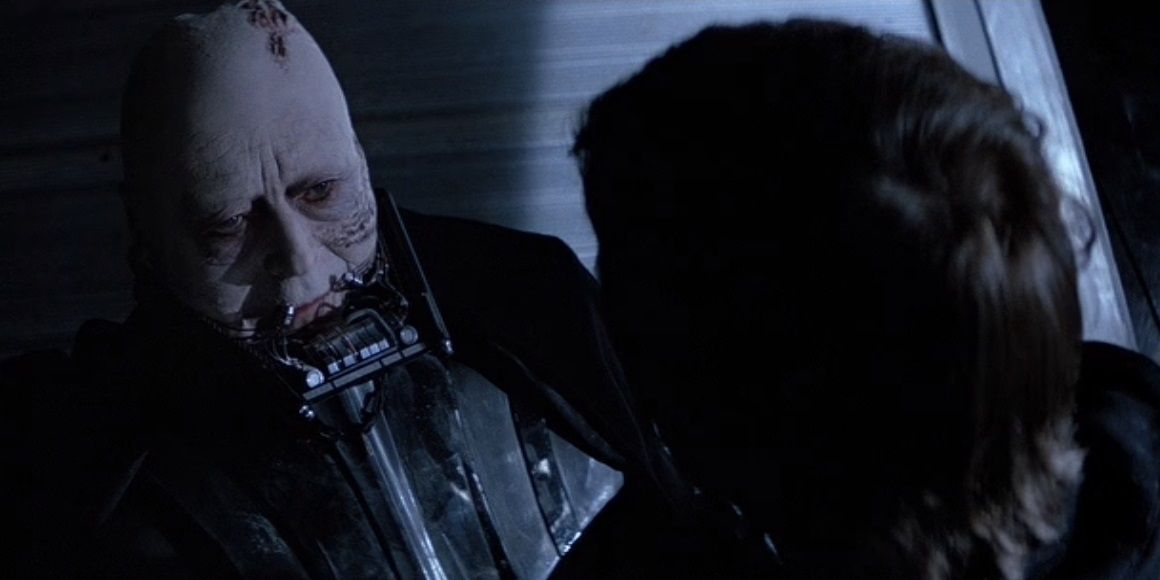In crafting the Star Wars saga, George Lucas was inspired by all kinds of sources, from Akira Kurosawa’s samurai movies to Joseph Campbell’s study of comparative mythology to the reigns of various dictators from throughout history. Since the story revolves around the dichotomy of the Jedi and the Sith, there’s an abundance of religious allusions in the Star Wars universe.
The ongoing struggle between the Jedi and the Sith is essentially a holy war, while a number of characteristics position Anakin Skywalker as an overt Christ figure. There are arguably even more religious allusions in Star Wars than political allusions.
Virgin Birth
In the Bible, Mary is a virgin when she’s visited by an angel who tells her she’s pregnant with the son of God. In The Phantom Menace, Shmi Skywalker reveals that her son Anakin was born more or less the same way: “There was no father. I carried him, I gave birth, I raised him. I can’t explain what happened.”
In an early draft of Revenge of the Sith, Palpatine revealed to Anakin that he manipulated the midichlorians in his mother’s womb to create him, but George Lucas cut this and left it ambiguous to avoid copying The Empire Strikes Back’s “I am your father” twist.
The Force
The way that Ben Kenobi initially explains the Force to Luke Skywalker at his Tatooine hideout in the original 1977 movie essentially adapts the Hindu concept of Brahman for George Lucas’ galaxy far, far away.
Brahman is defined as the highest Universal Principle, and the Ultimate Reality in the universe, which is a pretty apt description of the Force.
The Chosen One Prophecy
When Qui-Gon Jinn meets Anakin Skywalker in The Phantom Menace and finds his midichlorian count to be off the charts, he becomes convinced that he’s the “Chosen One” who’s been prophesized to bring balance to the Force.
The idea of a “Chosen One” is very similar to the religious concept of a “messiah.” Messiahs are saviors that religious followers count on to triumphantly arrive as their savior.
Resurrection
In The Rise of Skywalker, Ben Solo is killed by Rey and then brought back to life with Leia’s life Force. Later, Rey is killed in her final fight with Emperor Palpatine and then brought back to life with Ben’s life Force.
Resurrection is a key element of Christianity because Jesus was resurrected three days after being crucified. Ben and Rey aren’t the only Star Wars characters to be resurrected. There are a bunch of other resurrections and/or retconned deaths from throughout the franchise, like Boba Fett, Palpatine, Darth Maul, and possibly Mace Windu.
Balance
Throughout the Star Wars saga, the goal of the Jedi is to bring balance to the Force. At the end of Revenge of the Sith, after Order 66 wiped out the Jedi Order, there are two Jedi Knights and two Sith Lords left alive (although the extended canon revealed others to have survived).
The endless quest to bring balance to the Force has ties to the Daoist concept of yin and yang, which suggests that opposing forces can actually complement one another. For there to be good, there has to be evil. For there to be evil, there has to be good.
Han The Skeptic
At the beginning of the original Star Wars movie, Han is skeptical to buy into Luke and Obi-Wan’s religious beliefs. He tells Luke, “Kid, I’ve flown from one side of this galaxy to the other. I’ve seen a lot of strange stuff, but I’ve never seen anything to make me believe there’s one all-powerful Force controlling everything.”
By the end of the movie, Han is converted to believing in the Force. Throughout the rest of the trilogy, he often tells Luke, “May the Force be with you.”
Darth Maul’s Satanic Appearance
With red skin, piercing eyes, and horns on his head, Darth Maul was pretty overtly designed to look like the Devil. This ties into Anakin being a similarly overt Christ figure.
The scene in which Maul does battle with robed, bearded Qui-Gon Jinn in the desert looks like a showdown between Jesus and the Devil with lightsabers.
The Holy City Of NiJedha
In Rogue One, Star Wars fans are introduced to the Holy City of NiJedha. It’s an ancient walled city found on the desert moon of Jedha and it contains the Temple of the Kyber, where the Empire stole the kyber crystals they used to make the Death Star.
This city is a hub for Force users. The idea of a holy city that’s the epicenter of a religion is similar to real-world cities like Mecca and Jerusalem.
The Light And Dark Sides Of The Force
A lot of religions believe in the dichotomy of good and evil. In the Bible, these two concepts are represented by God and the Devil; in Star Wars, they’re represented by the light and dark sides of the Force.
The light side offers a virtuous path to the Jedi, while the dark side offers a hateful path to the Sith. It’s possible to move from one side to the other, as seen by Anakin’s downfall and Vader’s subsequent redemption.
Redemption
Redemption is an essential concept in a lot of religions, including Christianity, Judaism, and Islam. It’s the process by which people are absolved of their sins and able to achieve salvation.
Throughout the Star Wars saga, redemption is a huge theme. The most obvious example is Darth Vader, who redeems himself by throwing Emperor Palpatine into the Death Star’s reactor core to save Luke from his wrath. This may not have forgiven his litany of war crimes, but he is redeemed in his son’s eyes.

